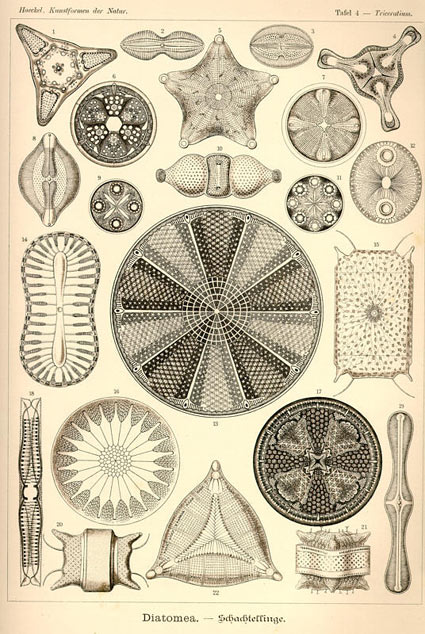In 1961 a new edition of an old and esteemed dictionary was released. The publisher courted publicity, noting the great expense ($3.5 million) and amount of work (757 editor years) that went into its making. But the book was ill-received. It was judged “subversive” and denounced in the New York Times, the Chicago Tribune, the Atlantic, the New Yorker, Life, and dozens of other newspapers, magazines, and professional journals. Not every publication condemned the volume, but the various exceptions did little to change the widespread impression of a well-known reference work being cast out from the better precincts of American culture.
The dictionary was called “permissive” and details of its perfidy were aired, mocked, and distorted until the publisher was put on notice that it might be bought out to prevent further circulation of this insidious thirteen-and-a-half–pound, four-inch–thick doorstop of a book.
Webster’s Third New International (Unabridged) wasn’t just any dictionary, of course, but the most up-to-date and complete offering from America’s oldest and most respected name in lexicography. (So respected, in fact, that for more than a hundred years other publishers have adopted the Webster’s name as their own.)
The dictionary’s previous edition, Webster’s New International Second Edition (Unabridged), was the great American dictionary with 600,000 entries and numerous competitors but no rivals. With a six-inch-wide binding, it weighed four pounds more than Webster’s Third (W3) and possessed an almost unanswerable air of authority. If you wanted to know how to pronounce chaise longue, it told you, shāz long, end of discussion. It did not stoop to correct or even mention the vulgarization that sounds like “Che’s lounge.” When to use less and when to use fewer? It indicated what strict usage prescribed. It defined celebrant as “one who celebrates a public religious rite; esp. the officiating priest,” not just any old party guest.
The third edition took a more empirical approach, listing variations in pronunciation and spelling until the reader looking for the one correct answer became the recipient of numerous competing answers: shāz long and Che’s lounge (with lounge labeled a folk etymology). Shades of meaning were differentiated with scads of quotations from the heights of literature and the lows of yesterday’s news section. The new unabridged dictionary was more rigorous but harder to use. And all this made some people quite irate. (…)
“I am not a linguist and have no claim to being a lexicographer but have done considerable research on 17th and 18th century dictionaries,” wrote Philip Gove in a job inquiry to the G. & C. Merriam Company in 1946. Gove was a lieutenant commander in the Navy on leave from a teaching position at New York University and, with the end of the war, about to be discharged. A literature PhD who had published articles on Samuel Johnson’s pioneering dictionary, he soon became an assistant editor at Merriam. Five years later, after a long search for a prominent editor to oversee the editing and production of W3, the company promoted the painstaking Gove, then in his late forties, to the position. (…)
An entry’s main function, by Gove’s lights, was to report the existence of a word and define its meanings according to common usage. (…) But how a word should appear in writing was not uppermost in the minds responsible for W3. The only actual word given a capital letter in the first printing was God. Others given a capital letter in later printings were copyrighted names such as Kleenex, which appeared as kleenex in the first printing (the reason it was in the dictionary, of course, was that it had changed in usage from denoting a brand of tissue to being a synonym for tissue), but was thereafter capitalized under threat of lawsuit.
Another innovation Gove introduced was in the style of definition-writing. “He insisted,” explained Morton “that essential information be logically organized in a single coherent and clearly expressed phrase.” In some cases, this led to a more direct expression of a word’s meaning, but it also led to infelicities. The prose was made even more curious by Gove’s hostility to commas, which he banned from definition-writing except to separate items in a series. He even claimed to have saved the equivalent of eighty pages of text by reducing comma use.
The circuitous entry for door, quoted in a caustic Washington Post article, became well known: “a movable piece of a firm material or a structure supported usu. along one side and swinging on pivots or hinges, sliding along a groove, rolling up and down, revolving as one of four leaves, or folding like an accordion by means of which an opening may be closed or kept open . . .” and so on.
This definition, said Gove, was for someone who had never seen a door. (…)
In a 1961 article he penned for Word Study, a marketing newsletter that Merriam circulated to educators, Gove discussed how the young science of linguistics was altering the teaching of grammar. (…) The major point of Gove’s article was to note that many precepts of linguistics, some of which had long been commonplace in lexicography, increasingly underlay the teaching of grammar. The National Council of Teachers of English had even endorsed five of them, and Gove quoted the list, which originally came from the 1952 volume English Language Arts:
1—Language changes constantly.
2—Change is normal.
3—Spoken language is the language.
4—Correctness rests upon usage.
5—All usage is relative.
These precepts were not new, he added, “but they still come up against the attitude of several generations of American educators who have labored devotedly to teach that there is only one standard which is correct.”
{ David Skinner/Humanities | Continue reading }























